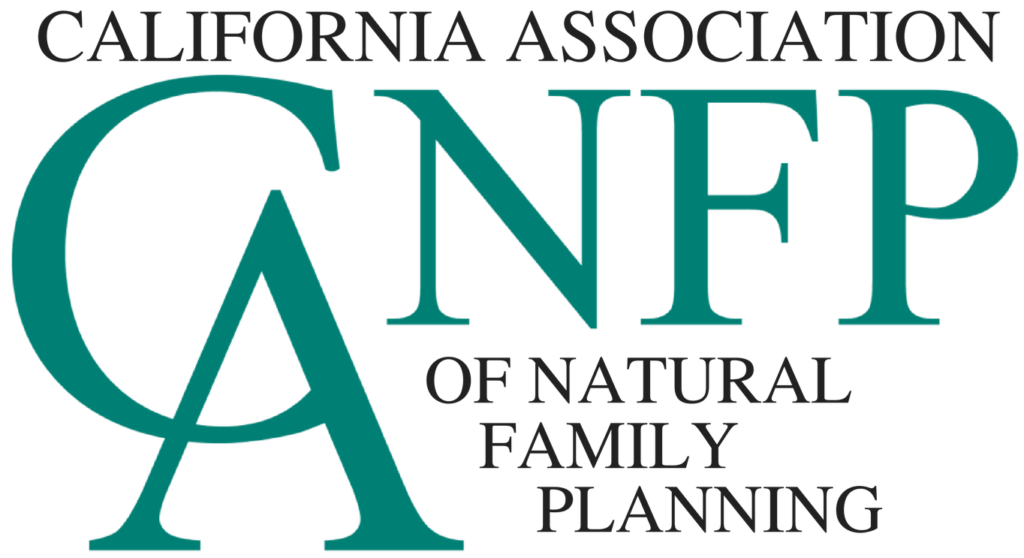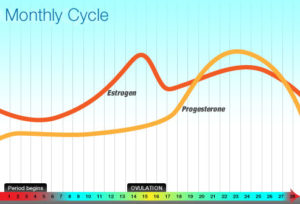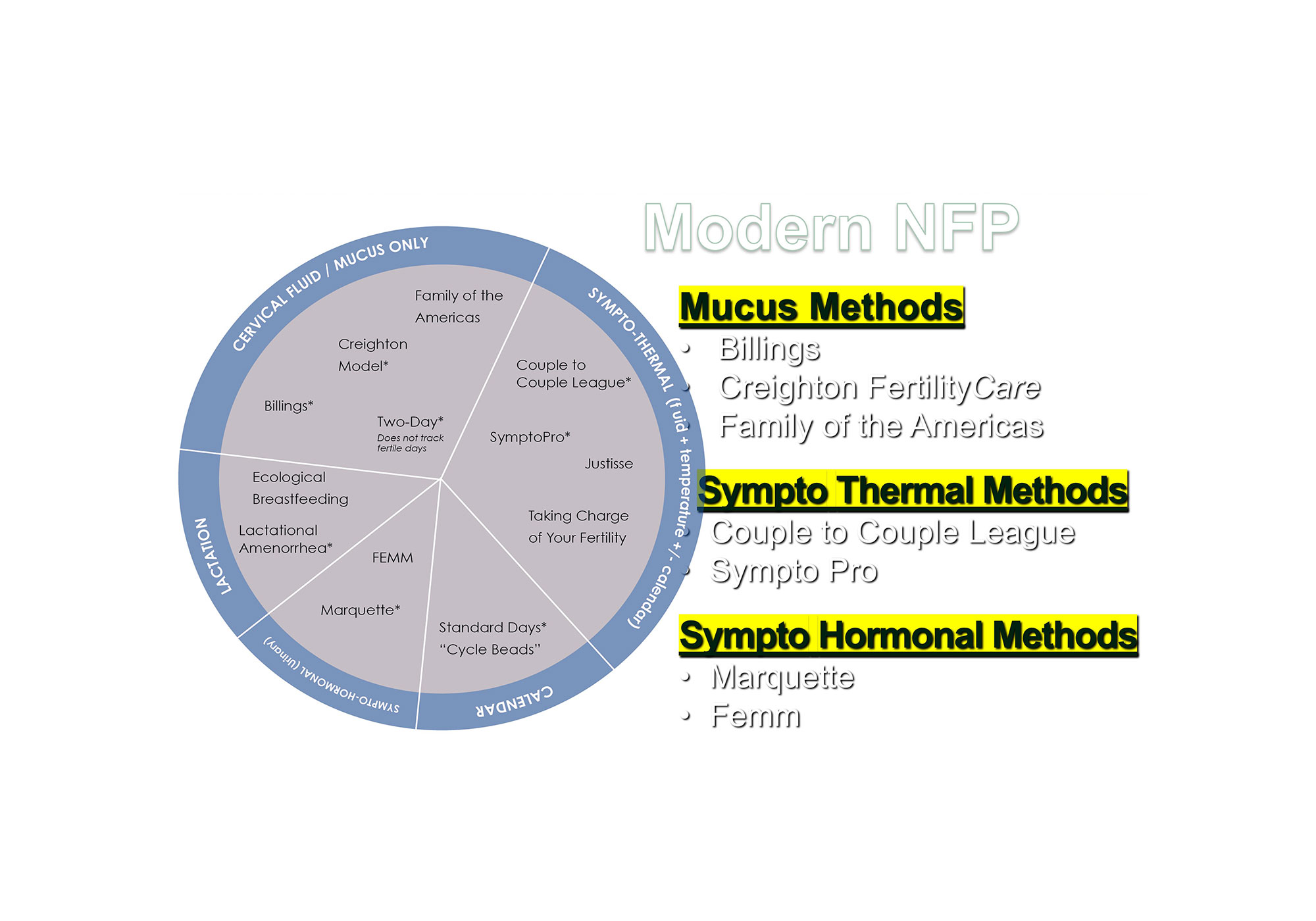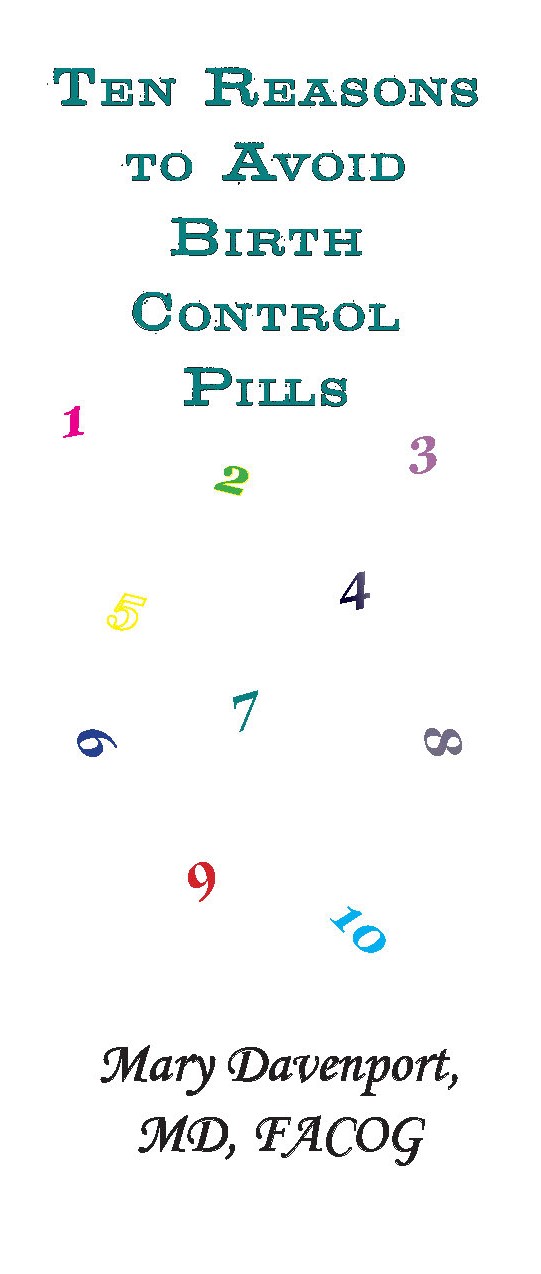- Medical Matters
NFP: Scientific, Healthy, and Effective
by Mary Davenport, MD, MS
Summer 2023
Natural Family Planning (NFP) is a couple’s observation and acceptance of their phases of fertility for the purposes of achieving and avoiding pregnancy or monitoring health. It is a very effective method in the range of 97-99%, for preventing conception when a couple abstains from sexual intercourse during the fertile time. The World Health Organization estimates that 93% of women can easily be taught to monitor their fertility, and the remainder can also learn with an experienced teacher.
Effective, modern natural family planning did not come into existence until the latter part of the twentieth century. The calendar rhythm method was developed in the 1930’s and calculated a woman’s fertile and infertile periods according to cycle length. However, the rhythm method had high failure rates up to 20% per year because of variations in the cycle. In contrast, modern methods of NFP rely on the observation of biomarkers, including cervical mucus, and in some methods temperature, other cycle characteristics, or urinary hormones.
Ovulation Method
There are three main types of natural family planning.
OVULATION METHOD
One type is the ovulation method, which was initially developed by Billings, and includes variations such as the Creighton method (FertilityCare) and Femm. Ovulation methods rely principally on observations of cervical mucus. It was noted in 1847 by Pouchet that “from the tenth to the fifteenth day…the utero-vaginal mucus…now appears to be more liquid and much more abundant than ever. Often there is such a quantity of discharge that it moistens the genital organs and overflows the important parts.”
We now know that this mucus flow coincides with ovulation and can occur earlier or later than the tenth to fifteenth day of the cycle, but this description is still valid. The increase in mucus correlates with the rise in estrogen, which peaks just before ovulation. If there is good, fertile mucus, sperm can live as long as five days. Observing the mucus as well as noting its sensation are important markers of fertility. These observations are recorded on a chart, and the woman is taught patterns that mark fertile and infertile phases of the cycle.
SYMPTO THERMAL METHOD
The second type of NFP, the symptothermal methods, includes those taught by Couple to Couple League, Sensiplan, Natural Cycles or Symptopro. In these methods, the basal body temperature of the woman is taken on awakening daily. This can be done with a simple basal thermometer, a high-tech thermometer, or a sophisticated device such as Tempdrop which is worn 24 hours. A temperature rise, due to the hormone progesterone, signals the beginning of the infertile phase of the cycle after ovulation. In addition to temperature, a woman may also be taught to monitor changes in her mucus, cycle length, and consistency, shape, and position of her cervix.
SYMPTO HORMONAL METHOD
The third type of NFP uses devices that measure urinary hormones. The Marquette method uses the ClearBlue fertility monitor. The woman uses urinary test strips, and the monitor uses the test strip to detect two hormones. These include estrogen, which rises at the start of the fertile period, and the LH hormone that signals ovulation. In addition to urinary hormones, calculations of cycle length and monitoring mucus can be used. Currently a newer device, the Mira, is being tested with the Marquette method. This device measures four urinary hormones, FSH, LH, E3G and PgD. PgD, pregnanediol, is the urinary metabolite of progesterone which is produced after ovulation.
This proliferation in fertility tracking technology that has occurred in the last decade is truly amazing. But it is still unclear if these devices are really helpful in preventing pregnancy or infertility therapy. Using technology is a matter of personal preference; some couples are attracted to devices (which tend to be expensive) and others are not.
Mention must also be made of smartphone apps for cycle tracking, which are very popular. There are over 100 apps, of widely varying quality. It has been demonstrated that good teaching is essential to understanding one’s cycle and success in achieving or avoiding pregnancy. The most important variable is instruction by a certified teacher in an established method backed up by research. All the well-researched programs have phone apps than can be used., but apps and devices are not substitute for individual instruction and the understanding it brings.
Couples using NFP to prevent pregnancy will be spared the health risks of contraception, IUDs, and sterilization as well as the messiness of barrier methods, in addition to having a highly effective method of fertility control. In recent years, NFP has increasingly been used by couples wanting to achieve pregnancy, and is especially useful for the rising number experiencing problems with their fertility. Those using NFP to become pregnant will do so more easily than couples relying on random chance, and more safely than those undergoing the expense and moral hazards of IVF. NFP, in monitoring biomarkers, can also be helpful in treating PMS, menstrual disorders, and perimenopausal symptoms
About The Author





